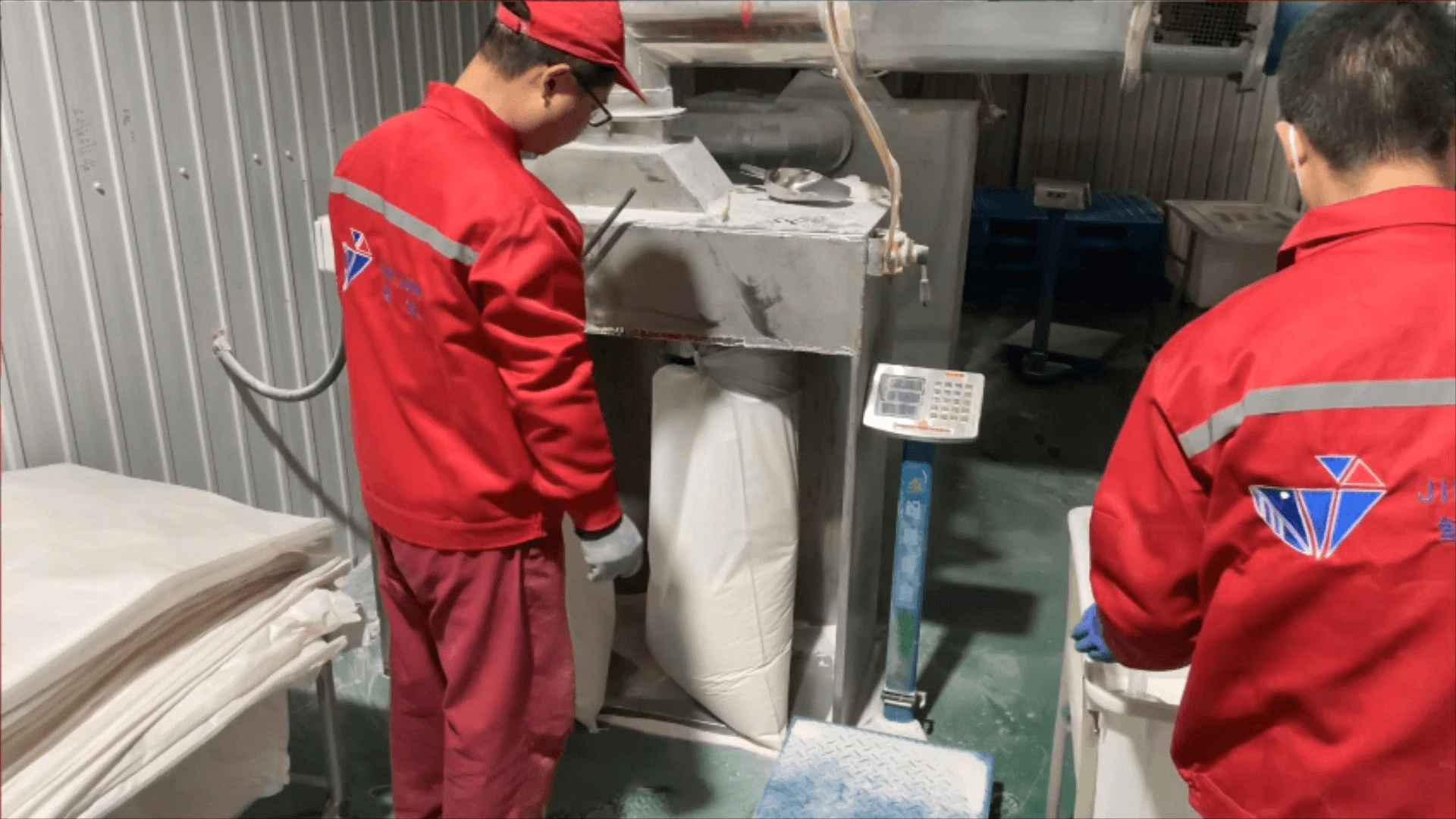
Nov . 16, 2024 18:11 Back to list
use of hpmc
The Use of HPMC Versatile Applications in Various Industries
Hydroxypropyl Methylcellulose (HPMC) is a cellulose derivative that has gained remarkable recognition across multiple industries due to its versatile properties. As a non-ionic polymer, HPMC has a broad range of applications in pharmaceuticals, food, cosmetics, and construction sectors. This article provides an overview of HPMC, its unique characteristics, and its applications.
Properties of HPMC
HPMC is generated by modifying cellulose, which is a natural polymer derived from plant fibers. The process involves the etherification of cellulose, resulting in a product that is water-soluble and can form gels when mixed with water. One of its key attributes is its ability to create a viscous compound without the addition of heat. HPMC is known for its excellent film-forming ability, emulsifying properties, and water retention capacity, making it a valuable ingredient in various formulations.
Moreover, HPMC is safe for consumption and is classified as a Generally Recognized As Safe (GRAS) substance by the U.S. Food and Drug Administration (FDA). It is odorless, tasteless, and hypoallergenic, which contributes to its widespread acceptance for use in numerous applications.
Applications in Pharmaceuticals
One of the most prominent uses of HPMC is in the pharmaceutical industry. It serves as a critical excipient in tablet formulations, where it acts as a binder and helps improve the mechanical strength of tablets. Additionally, HPMC is frequently utilized in controlled-release drug formulations. Its gel-forming capabilities allow for a slow and steady release of active ingredients, enhancing the bioavailability and effectiveness of medications.
HPMC is also integral in ophthalmic solutions, where it serves as a viscosity enhancer and stabilizer, ensuring comfort and enhanced effectiveness in eye drop formulations. Its ability to retain moisture makes it ideal in formulations aimed at alleviating dry eye conditions.
Food Industry Applications
use of hpmc

In the food sector, HPMC is utilized as a food additive, serving multiple roles including thickening, emulsifying, and stabilizing. It is particularly valued in gluten-free products, where it helps improve texture and moisture retention. HPMC enhances the mouthfeel of food products, providing a desirable consistency without contributing calories.
Moreover, HPMC is employed in the preparation of sauces, dressings, and dairy products. Its emulsifying properties contribute to a stable mixture, preventing separation of ingredients and ensuring uniformity in texture.
Cosmetics and Personal Care
The cosmetic industry also benefits significantly from the unique properties of HPMC. It is used as a thickener and film-forming agent in products such as lotions, creams, and gels. HPMC enhances the stability and texture of cosmetic formulations while allowing for a smooth application with a pleasant feel on the skin.
Moreover, its water-retention properties are beneficial in skincare formulations, providing hydration and improving the overall efficacy of moisturizing products. HPMC is also commonly found in hair care products, where it acts as a conditioning agent, providing shine and manageability.
Construction and Building Materials
In the construction industry, HPMC is utilized as an additive in cement-based materials, such as tile adhesives and grouts. It improves workability and adhesion, allowing for easier application and enhanced performance of construction materials. HPMC's water-retention properties also ensure that mortars remain workable for extended periods, preventing premature drying during application.
Conclusion
In conclusion, Hydroxypropyl Methylcellulose (HPMC) is a multifunctional polymer that plays a crucial role across a variety of industries. Its unique properties and versatility make it an essential ingredient in pharmaceutical products, food items, cosmetics, and construction materials. As research and development continue to expand our understanding and utilization of HPMC, its integration into other fields may further enhance its application potential, making it an indispensable component in future innovations.
-
Versatile Hpmc Uses in Different Industries
NewsJun.19,2025
-
Redispersible Powder's Role in Enhancing Durability of Construction Products
NewsJun.19,2025
-
Hydroxyethyl Cellulose Applications Driving Green Industrial Processes
NewsJun.19,2025
-
Exploring Different Redispersible Polymer Powder
NewsJun.19,2025
-
Choosing the Right Mortar Bonding Agent
NewsJun.19,2025
-
Applications and Significance of China Hpmc in Modern Industries
NewsJun.19,2025







